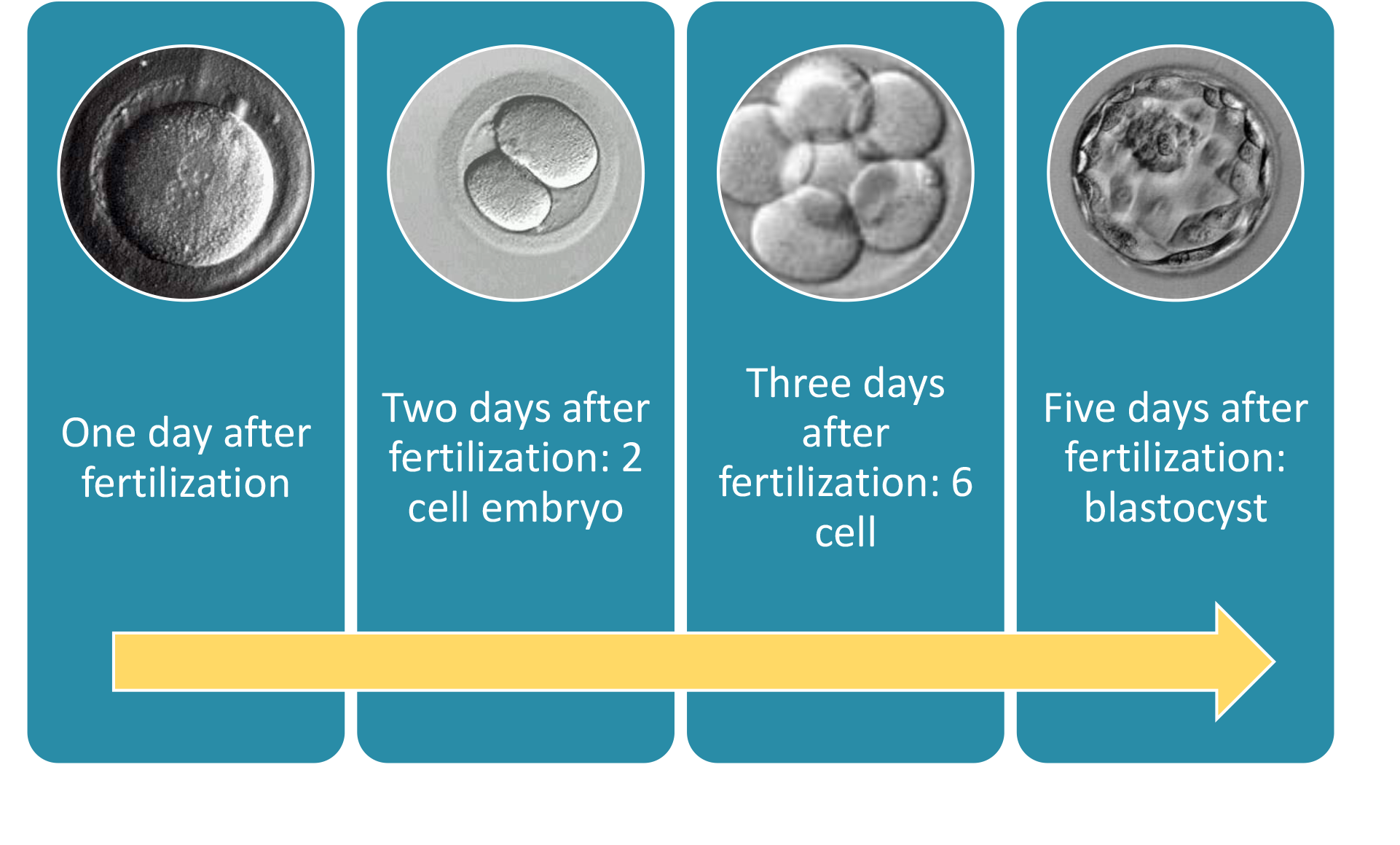Indicators on "Revitalizing Your Lawn with Proper Fertilization Techniques" You Need To Know

Boosting Crop Returns: The Science Behind Fertilization
Fertilization participates in a vital function in modern-day farming through substantially improving plant returns. Along with a expanding global populace and the demand to produce additional meals, the science behind fertilizing has become significantly crucial. This short article will certainly discover the a variety of elements of fertilizing and how it increase plant turnouts.
To know the science responsible for fertilization, it is crucial to initially comprehend the nutrients that vegetations demand for optimal development. There are three key macronutrients that plants need in sizable volumes: nitrogen (N), phosphorus (P), and potassium (K). These macronutrients are typically referred to as NPK and are essential for vegetation advancement.
Nitrogen is an necessary part of amino acids, proteins, and chlorophyll. It markets leafed growth and enhances photosynthesis. Phosphorus is important for electricity transmission within cells, origin growth, and flower accumulation. Potassium assists moderate water action within plants, boosts health condition protection, and adds to overall vegetation vigor.
In enhancement to these macronutrients, there are additionally secondary nutrients required in smaller sized quantities. These feature calcium mineral (Ca), magnesium (Mg), and sulfur (S). Micronutrients such as iron (Fe), manganese (Mn), zinc (Zn), copper (Cu), molybdenum (Mo), nickel (Ni), boron (B) are likewise important for healthy vegetation growth but in also smaller sized volumes.
The soil's organic nutrient material might not consistently be adequate to fulfill the needs of crops. This is where plant foods come into play. Plant foods offer extra nutrients to replace or nutritional supplement those typically located in the soil.
There are two primary styles of plant foods: all natural and synthetic. Source are obtained coming from natural sources such as animal manure, garden compost, or vegetation residues. They release nutrients slowly over opportunity as they crack down in the soil. Artificial plant foods, on the various other hand, are chemically made and offer nutrients in a quickly accessible form for plants to soak up.
The app of fertilizers may be performed through different techniques, including program, banding, and foliar spraying. Program includes spreading out plant food evenly over the whole industry. Lace recommends to putting the fertilizer in a concentrated band near the crop's origin zone. Foliar spraying includes directly using the fertilizer to the leave of absence of vegetations.
Timing is additionally crucial when it happens to fertilizing. Applying fertilizers at the ideal phase of plant development guarantees optimal nutrient uptake and application. For example, nitrogen is frequently used throughout durations of active fertile development, while phosphorus is typically applied early in the increasing season to promote sturdy root advancement.

Correct soil screening is important for calculating exact vitamins and mineral criteria and avoiding over or under-application of fertilizers. Ground examples are evaluated in laboratories to assess nutrient degrees and pH harmony. This information helps farmers create informed selections concerning which nutrients need to have supplementation and in what volumes.
It's worth noting that extreme make use of of plant foods can possess destructive impacts on both crops and the atmosphere. Nutrient runoff coming from areas may infect water resources and lead to eutrophication, causing unsafe algal blooms that diminish air levels in water communities.
To mitigate these risks, precision horticulture approaches are being worked with through planters worldwide. These techniques include using state-of-the-art modern technologies such as GPS advice units, distant feeling, and adjustable rate application equipment to use plant foods a lot more specifically located on crop needs.
In verdict, understanding the scientific research responsible for fertilizing is critical for increasing plant returns sustainably. By providing important nutrients that plants need to have for growth and development, farmers may optimize their efficiency while minimizing environmental impact. With appropriate soil screening, specific app approaches, and taking on accuracy horticulture techniques, we may make certain that our farming strategies provide efficiently in the direction of feeding a increasing international populace without weakening our organic information
